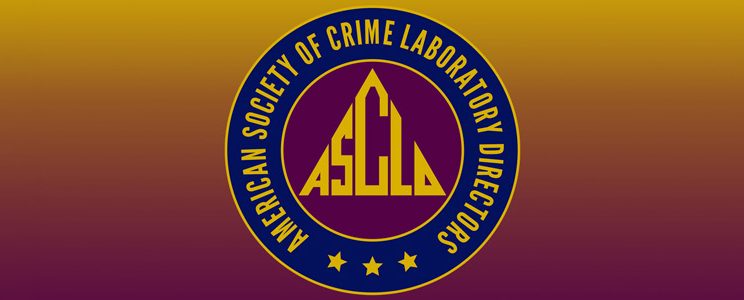Date
April 2015
Overview
Primarily, the working group will examine optical topography instruments, methods, data systems, and analysis from a practical perspective for ballistic and tool mark identification. The meeting participants considered current technologies for optical topography, including the requirements for systems that may be deployed in crime laboratories. The extension of current ballistic identification methods to topographic methods was also examined. Participants noted the value of the comparison microscope to identification decisions in current practice and determined that it was unlikely that optical topography would supplant the comparison microscope as the primary tool for the forensic examiner in the near term. Instead, optical topography is likely to be a confirmatory tool or a method to examine very difficult comparison cases. Participants reviewed current and past efforts to implement optical topography in the crime laboratory, including the application of confocal microscopy. These systems demonstrated that optical topography may permit the examiner to distinguish among consecutively manufactured firearms, although a great deal of work remains to establish accepted examination protocols. For example, data filters and matching algorithms will play a key role in the application of optical topography, but the validation of these analytical tools remains an issue.
This working group seeks to establish the applicability and validity of optical topography to forensic investigations and to produce publications or training materials that can be accessed by the entire forensic community and that will provide guidance to practitioners on applications and recommendations for further research, development, and capacity assistance.
Funding for this Forensic Technology Center of Excellence report was provided by the National Institute of Justice, Office of Justice Programs, U.S. Department of Justice.
The opinions, findings, and conclusions or recommendations expressed in this report are those of the author(s) and do not necessarily reflect those of the U.S. Department of Justice.
Contact us at ForensicCOE@rti.org with any questions and subscribe to our newsletter for notifications.




